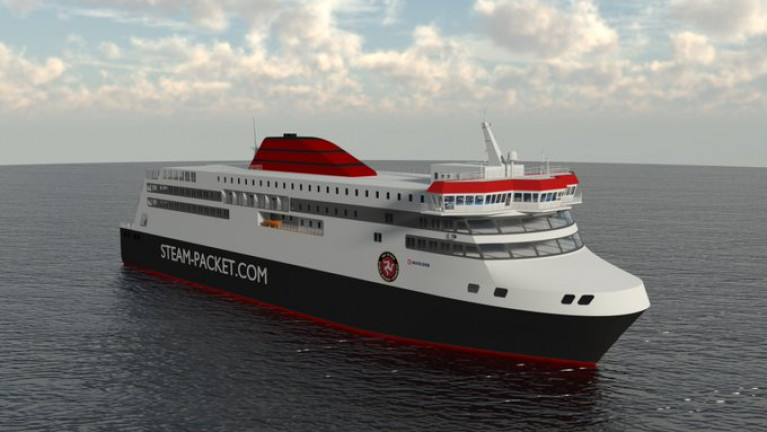Displaying items by tag: Efficient Engines
Guinness World Records: New Ferry for Isle of Man Steam Packet Select World's Most Efficient Engine
A new ferry to serve on the Irish Sea will be powered by what the Guinness World Records describes as the ‘world’s most efficient four-stroke diesel engine’.
The ferry to be named the Manxman as Afloat previously reported will be the Isle of Man Steam Packet Company’s new flagship due for delivery in 2023.
Technology group Wartsila has been chosen to supply the new vessel with two eight-cylinder and two 10-cylinder engines, which are recognised for a high level of fuel efficiency which reduces exhaust emissions.
The Wartsila 31 engines will be installed at the Hyundai Mipo Dockyard (HMD) in South Korea where Manxman is being constructed. Delivery of the engines to the shipyard is expected to commence in early 2022.
Work on physically constructing a replacement for the conventional ferry, Ben-my-Chree, is due to start later this year.
Isle of Man Steam Packet Company Chief Executive Mark Woodward says reliability, efficiency and low operating costs were all key considerations in the Company’s selection.
He explained: ‘This is a major investment in our fleet and the ultimate aim for when we introduce the new addition is to provide an even higher level of service to the Island community and our customers. Alongside our drive for greater efficiency and lower emissions levels, there is also an ever-increasing focus on the environmental aspects of marine transportation so we were naturally keen to select an engine that can deliver sustainable operations.
‘We’ll continue to work closely with Wartsila design engineers and the ship builder HMD and look forward to seeing this come to fruition after many months of planning.’
James Royston, Isle of Man Steam Packet Company Fleet Operations Manager, added: ‘After considering many marine engine manufacturers, Wartsila was selected for a number of factors. The firm not only has the experience and track-record required for such a project but the engine’s diesel consumption is on average around eight-per-cent lower than similar sized engines available on the market.
‘In terms of system integration and operational optimisation, we will be able to run a variety of engine combinations to ensure they are always running as close to their most efficient, while suiting both Manxman and the routes it will serve.’
Full details of the hybrid propulsion system, which includes energy storage batteries and waste heat recovery, will be provided once the full system design is completed.






























































